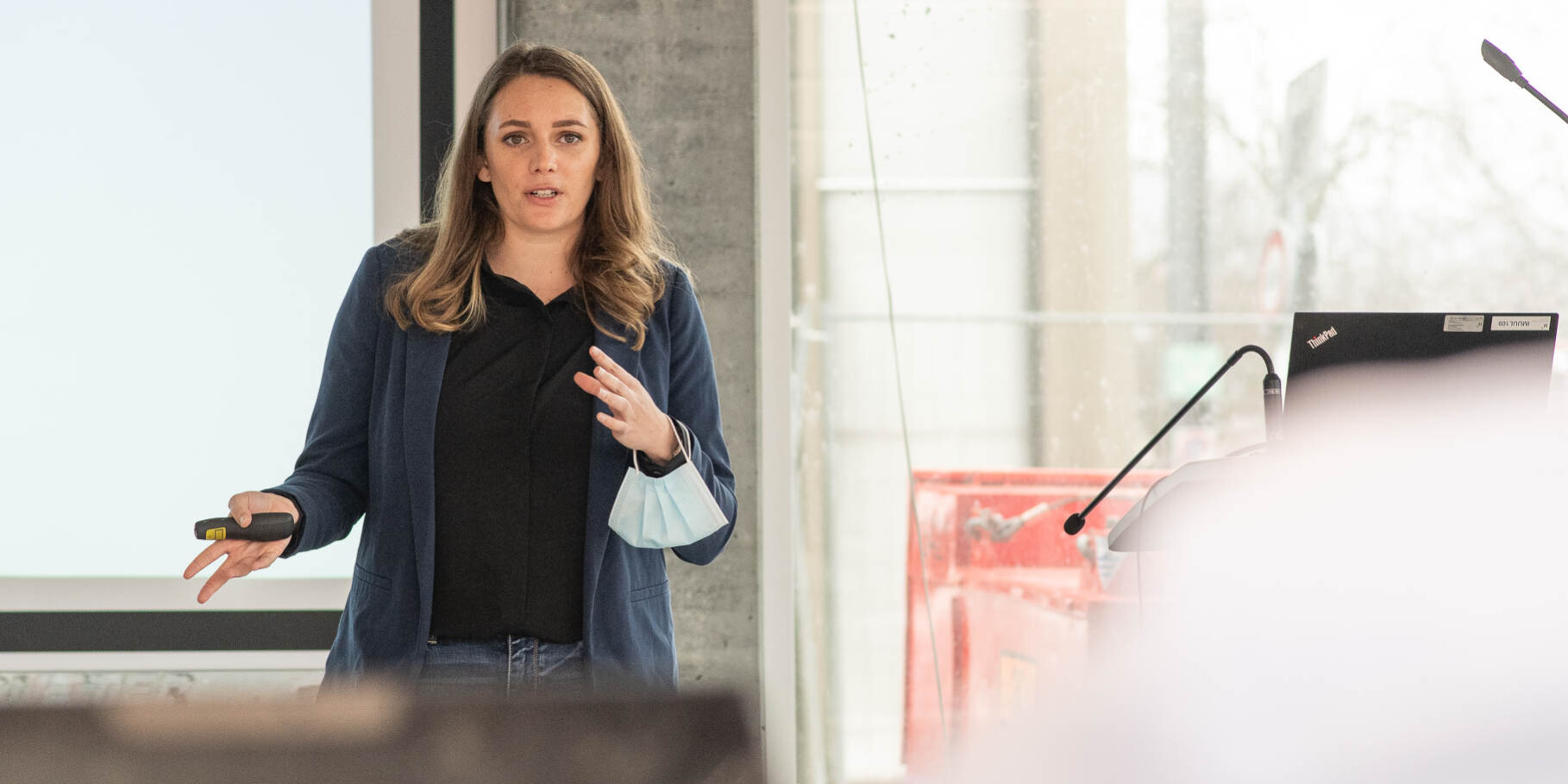«esoECG-3D System improves the lives of patients by ensuring their pacemakers are placed optimally»
01. April 2022 – Alice Huber
30% of implanted pacemakers are placed suboptimally. This can lead to ineffective treatment and ultimately to a second operation. A life-saving intervention with risks? Not for much longer, because: the Bern University of Applied Sciences research team has developed a system that ensures optimal lead placement during the first surgery.
Emily Thompson, you’re part of this innovative idea of the esoECG-3D system. Can you tell us more about your team’s background?
Our team is a collection of researchers from the Bern University of Applied Sciences. We are all passionate about electronics and software development, particularly when applied to innovative medical device development. Our various skills brought us together for the esoECG-3D project, where we’ve brought the device system from a concept stage to reality.
And how does your system work in reality?
Previous pacemaker implantation technologies are limited to a 2-dimensional view, which means that some amount of guesswork goes into the final placement of the lead in the 3-dimensional space of the heart chamber. Our system, esoECG-3D, uses esophageal electrocardiography to localize the current position of the lead during pacemaker implantation surgery. We provide real-time feedback to surgeons on the 3-dimensional position of the pacemaker lead. As a supplemental visualization tool, our system aims to work alongside existing technologies to ensure optimal lead placement in the first surgery.
So you are tackling a life-improving problem – that is already a great vision. Where else do you see your idea?
Our short-term vision is to form a start-up to commercialize the esoECG-3D system as a surgical tool for pacemaker lead localization. In the long-term, our vision is to extend the use of the esoECG-3D system to other cardiac localization applications for example arrhythmia diagnostics. The ultimate goal is to apply the system to other fields that may benefit from non-invasive cardiac signal localization, thus increasing its potential impact in cardiology.
… so what are your biggest challenges at the moment to reach these visions?
The biggest challenge is creating a viable business model in the challenging market of medical devices. We need to find strategic partners for marketing and distribution in the medical sector to enter the market and fit into hospital reimbursement schemes. We are tackling these topics early in our start-up journey, to build our chances of long-term success.
How can STAGE UP support your start-up joruney?
We are looking forward to the one-on-one business coaching opportunity. It will be one of our first opportunities to have our business ideas critiqued and validated, which is extremely valuable to us at our early stage. And of course we hope to have the opportunity to pitch our idea in front of a wider audience in the TOP5.
Thank you, Emily, for the insights and we wish you good luck for your journey!

